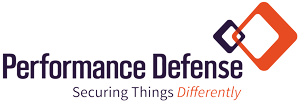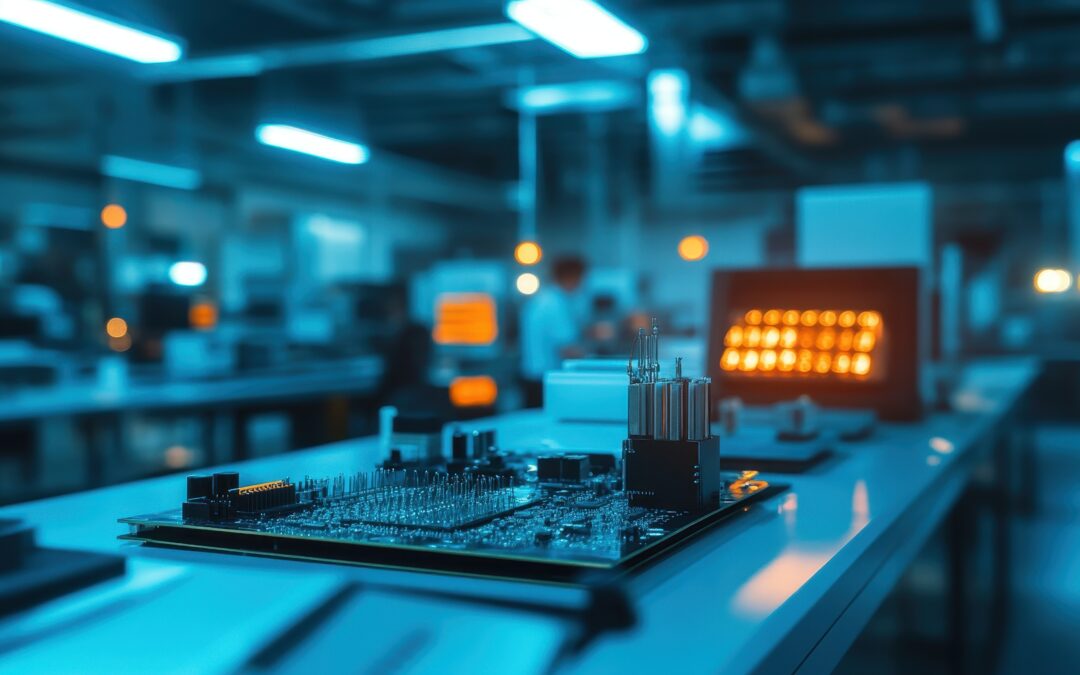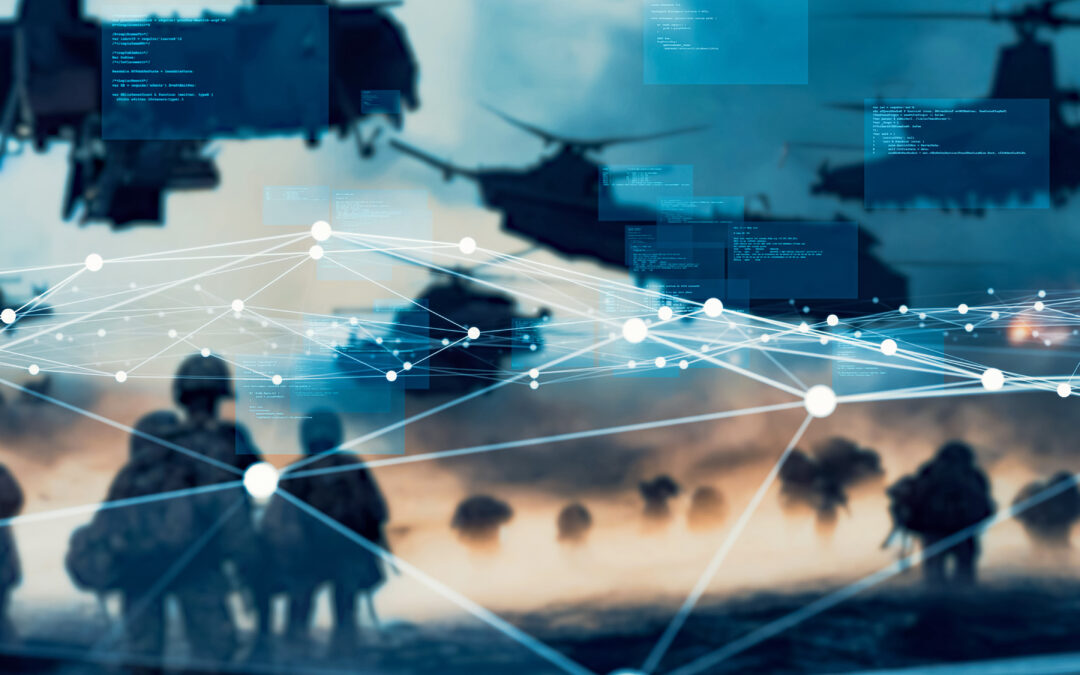October was first named Cybersecurity Awareness Month in 2004. In the last couple of decades, this month has been dedicated to highlighting the importance of cybersecurity and building awareness of cybersecurity best practices, such as the use of strong passwords and multi-factor authentication (MFA).
However, cybersecurity awareness is even more critical in the defense sector, which faces targeted attacks by sophisticated threat actors. Addressing these threats requires a clear understanding of the main actors and best practices for building security into DoD systems and solutions.
Top Three Modern Cyber Threats
Companies face a wide range of cybersecurity threats. However, the cyber threat landscape is constantly evolving, and each year, some threats come out on top.
Some of the top cyber threats of 2023 include:
- Disruption: Companies are increasingly interconnected and reliant on network infrastructure and Internet of Things (IoT) devices. Attacks against these systems could render critical systems unusable.
- Distortion: The rise of generative AI and botnets has introduced an increased risk of misinformation and disinformation. Automatic content generation makes it easier for false information to drown out true facts.
- Deterioration: The rapid rise of technology and regulation has introduced many conflicting priorities for organizations. As a result, businesses may struggle to remain compliant and keep sensitive information secure.
Top Cyber Threats at the Nation-State Level
Many organizations face cyberattacks by profit-motivated cybercriminals. However, in recent years, nation-state-level actors have become more prolific. Some of the main advanced persistent threat (APT) actors that pose a risk to the defense sector include:
- China: According to CISA, China has the broadest cyber espionage program — attempting to steal advanced technologies — and poses a significant risk of disruption to critical infrastructure.
- Russia: Russia’s APTs have focused on disruption to critical infrastructure, as demonstrated by the Industroyer attacks against Ukraine.
- North Korea: North Korea’s APT groups — including the Lazarus Group — are more involved in cybercrime, including many attacks leveraging social engineering and custom malware.
- Iran: Iranian APTs have been known to perform destructive cyberattacks, including the use of ransomware against critical infrastructure targets,
How to Enforce Cybersecurity Measures within DoD Solutions
The best defense against the various cyber threats faced by the defense sector is building in security from the ground up. Some key components of a secure solution for the DoD include the following:
- Red/Black Architecture: A red/black architecture physically separates classified (red) from unclassified (black) systems. This helps to prevent information leakage from a higher to a lower classification.
- Hardware-Based Root of Trust: A hardware-based root of trust is a chip on a device with physical protection against tampering. This system protects the cryptographic keys and other secrets used to secure the rest of the device.
- Device-Level Security Mechanisms: Devices should also have security built in at the device level. For example, defense systems should incorporate a trusted execution environment (TEE) for executing mission-critical application code.
- Operating System Security: Like other software, the operating system of a device may contain vulnerabilities and is critical to the security of the device as a whole. Operating systems should also have defenses in place to protect them against potential cyberattacks.
Performance Defense understands what it takes to develop a cyber-secure solution. This is why we designed the EDGE 5G-X with all of the security components described above. The EDGE 5G-X offers heterogeneous communications support with the security and certifications required to support operations in a variety of environments. To learn more about the EDGE 5G-X and how to incorporate it into your systems, contact us.





